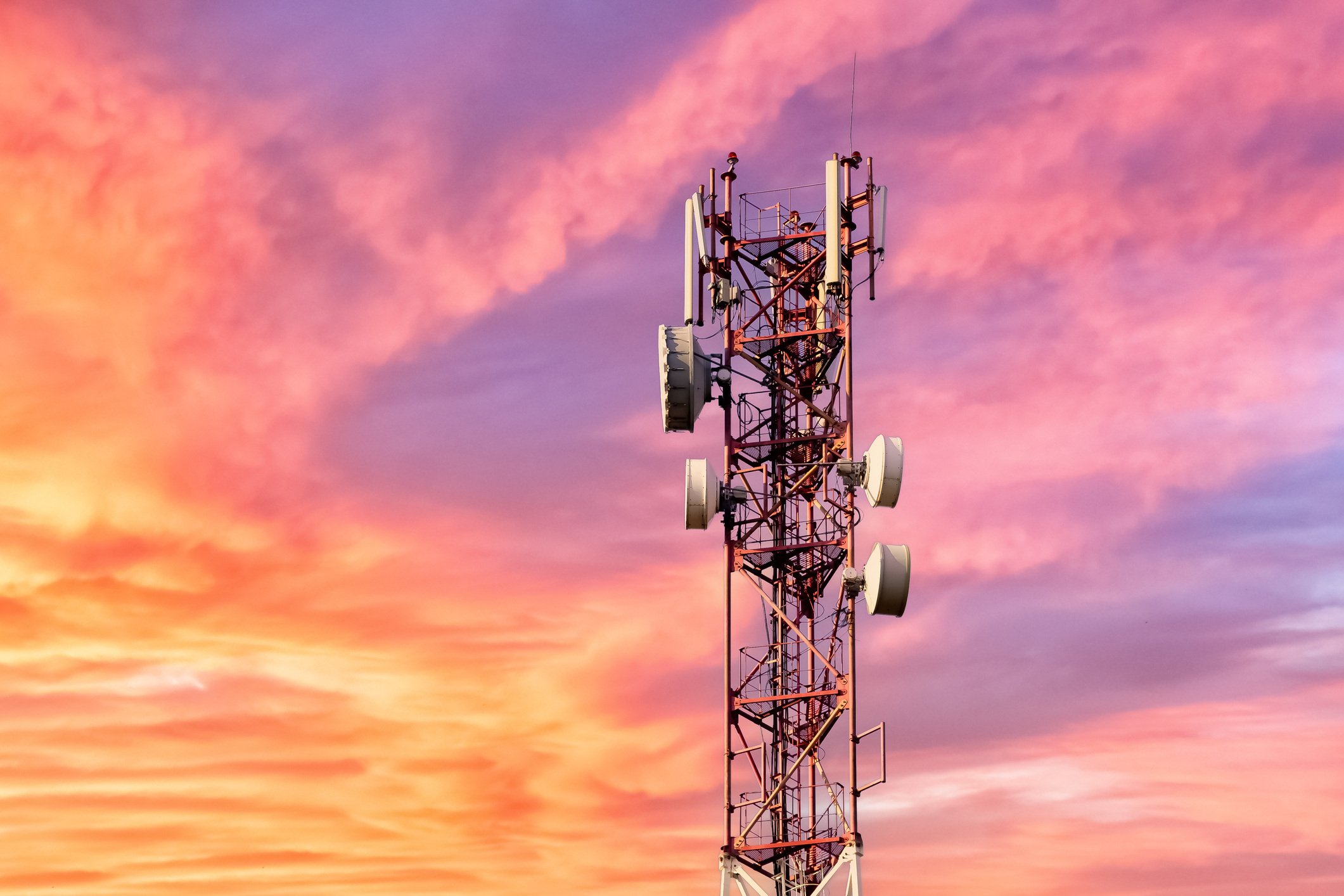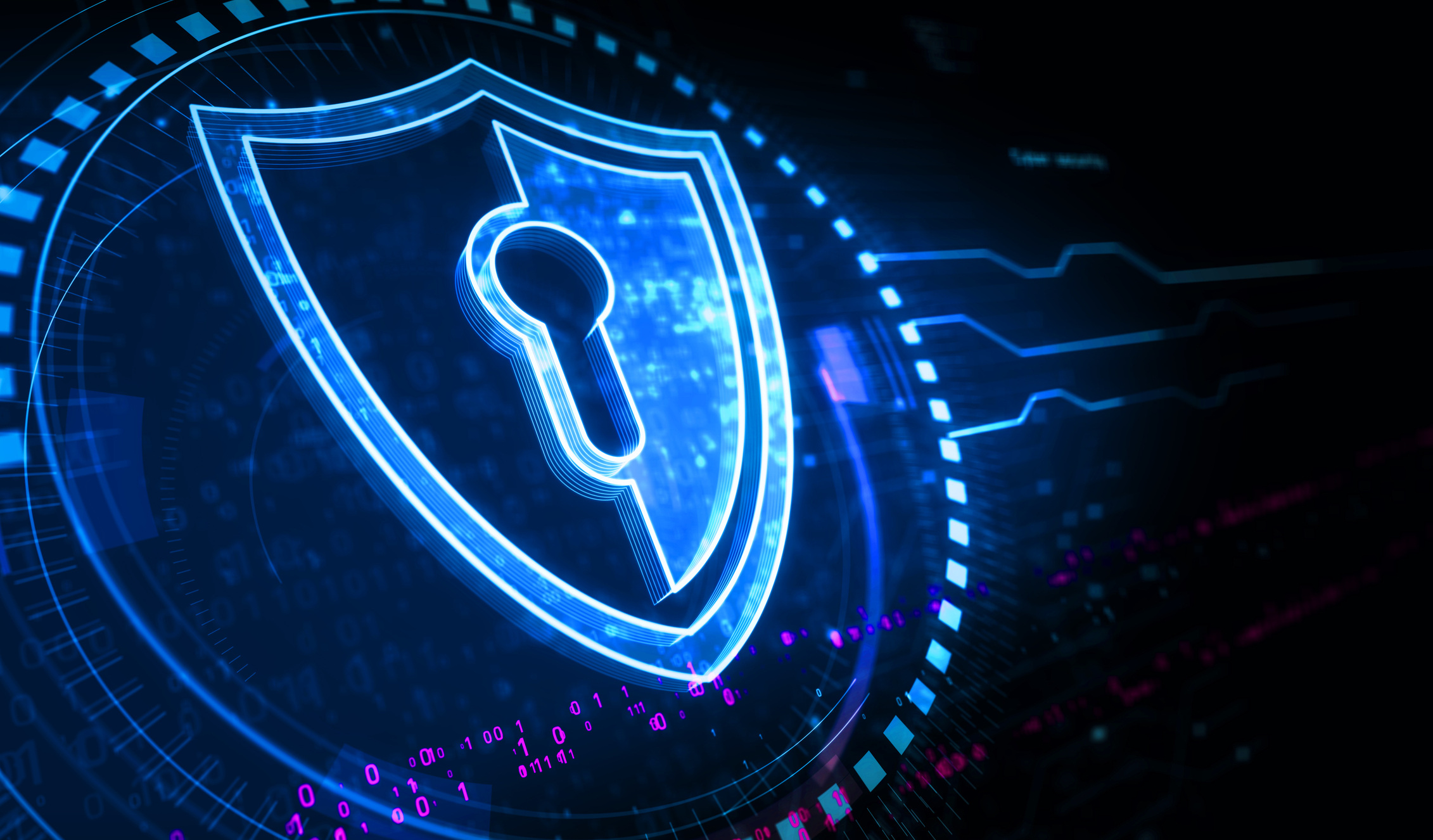
- April 2025 (1)
- March 2025 (2)
- February 2025 (1)
- December 2024 (2)
- November 2024 (2)
- August 2024 (2)
- June 2024 (3)
- May 2024 (3)
- April 2024 (1)
- March 2024 (3)
- February 2024 (2)
- January 2024 (2)
- December 2023 (1)
- November 2023 (2)
- October 2023 (2)
- September 2023 (1)
- August 2023 (1)
- July 2023 (2)
- June 2023 (3)
- May 2023 (2)
- April 2023 (1)
- March 2023 (4)
- February 2023 (1)
- January 2023 (2)
- November 2022 (2)
- October 2022 (1)
- September 2022 (1)
- August 2022 (2)
- July 2022 (2)
- June 2022 (2)
- May 2022 (1)
- April 2022 (3)
- March 2022 (1)
- February 2022 (3)
- January 2022 (2)
- December 2021 (1)
- November 2021 (1)
- October 2021 (2)
- September 2021 (3)
- August 2021 (1)
- July 2021 (4)
- June 2021 (1)
- May 2021 (2)
- April 2021 (2)
- March 2021 (2)
- February 2021 (3)
- January 2021 (3)
- December 2020 (1)
- October 2020 (1)
- August 2020 (1)
- August 2019 (1)
- January 2019 (2)
- September 2018 (5)
- June 2018 (1)
- November 2017 (1)
- September 2017 (1)
- July 2017 (1)
- May 2017 (1)
- January 2017 (1)
- October 2016 (2)
- August 2016 (1)
- July 2016 (1)
- June 2016 (1)
Subscribe by email
No IoT device sidesteps the essential steps of testing and certification. This rigorous process ensures that devices meet safety, security, and performance standards before they enter the market. However, many new devices fail testing and certification on the first go.
The path to recertification is time-consuming and a significant financial undertaking. It’s not uncommon for OEMs to spend $10,000–$30,000 in this endeavor. Without a precertified module or chipset, the costs are even greater. Fortunately, armed with the right knowledge and proper planning, achieving certification for your IoT devices is feasible on the first attempt.
At Zipit, we have over a decade of experience observing and guiding OEM clients in bringing cellular, connected devices to market. In this guide, we'll share practical tips and insights to help you anticipate challenges and effectively navigate the process of IoT device certification.
What is IoT device certification?
IoT device certification is a crucial process in which IoT devices undergo thorough testing by government agencies, industry groups, and mobile network operators. Certification verifies that devices adhere to specific performance, safety, and compatibility standards. Testing confirms that devices can operate effectively within their intended environments and networks and comply with regulatory requirements.
Uncertified IoT devices carry significant risks, like operational failures or compatibility issues, leading to poor user experience and potential safety hazards. These devices are also at risk of non-compliance with legal and industry regulations, which can result in hefty fines and legal challenges. Carriers have also been known to disable connectivity for non-certified devices because they cause network disruptions. Additionally, the lack of certification can severely damage a brand’s reputation, as consumers and partners may view uncertified devices as unreliable or unsafe.
Why is certifying IoT devices essential?
IoT device certification is not just a procedural step but a critical component for the success and credibility of an IoT product. Certification ensures:
Interoperability
Certification tests IoT devices for their ability to communicate and function seamlessly with other devices and networks. This ensures that devices can effectively interact within IoT technologies' vast and varied ecosystem. Interoperability is crucial for creating a cohesive, efficient IoT environment where devices from different manufacturers or running on separate platforms can work together without issues.
Good performance
Through certification, IoT devices are rigorously evaluated for their performance capabilities. This includes assessing their responsiveness, processing speed, durability under different conditions, and overall operational effectiveness.
Security
Certification processes often include stringent security testing to safeguard against vulnerabilities to hacking, data breaches, and unauthorized access. This is vital for the device's protection, the security of the networks it connects to, and the data it handles.
Safety
Certification ensures that IoT devices comply with safety standards. These include testing for electrical safety, radiation exposure, and other potential hazards. Safety certification is particularly crucial for devices used in critical applications like healthcare, automotive, and industrial environments.
Consumer confidence
Certification serves as a stamp of approval, indicating that the product meets high quality and compliance standards. This boosts consumer confidence and reinforces the product's reliability, essential in maintaining market credibility.
Decreased liability
Non-compliance leads to legal issues, recalls, and financial losses. Certification demonstrates due diligence in product development and can protect companies from potential lawsuits and regulatory penalties.
Types of IoT device certifications
Regulatory certifications
Regulatory certifications, mandated by the government or other regulatory bodies, ensure that devices meet specific standards of safety and functionality. In the U.S., any device that falls under the IoT category must receive FCC (Federal Communications Commission) certification for compliance with national standards.
The FCC certification process involves radiofrequency, safety, and interoperability testing. These tests determine whether the device can operate without causing harmful interference to other devices, is safe for public use, and can effectively communicate and function within its intended network.
Once a device is approved, this certification does not expire. However, any subsequent changes or modifications made to the device might necessitate reapproval, ensuring that the altered product complies with the necessary standards, and that the changed device still operates like the original device and nothing has materially changed.
The cost and time involved in obtaining FCC certification varies significantly based on the specific requirements and the nature of the device. It's common for IoT devices to require both Subpart B and C certifications.
Under FCC's Subpart B, which primarily deals with unintentional radiators like Bluetooth and Wi-Fi devices, certification costs can range from approximately $3,000 to $5,000. Subpart C, which deals with intentional radiators like cellular devices and licensed radios, can be more costly, with prices potentially exceeding $40,000. This is due to the more extensive testing required for devices that intentionally emit radio frequencies and the need to repeatedly retest devices in the process.
Investing time and money for these certifications is a critical aspect of the product development process.
Telecom certification
Industry-specific IoT device certification ensures that devices are designed to meet particular sectors' unique demands and regulatory requirements. In the realm of telecommunications, one prominent example of industry-specific certification for IoT is the PTCRB certification.
Managed by The Wireless Association (CTIA), the PTCRB certification verifies network compatibility for devices operating within North America. The PTCRB certification encompasses several critical aspects of device functionality, including performance, security, user experience, and interoperability. It assures that devices meet the technical specifications required by network operators and provide a reliable and secure experience for the end-user.
PTCB certification, a critical step in obtaining carrier certification, can cost tens of thousands of dollars and take about two months to complete. However, using a pre-certified module in an IoT device can drastically reduce the time and cost associated with the certification process.
Mobile Network Operator certification
Mobile Network Operator (MNO) certifications are specialized approvals that IoT devices must obtain to ensure compatibility and optimal functionality with specific mobile networks. Major carriers such as Verizon, AT&T, and T-Mobile each have their own standards and certification processes. These certifications guarantee that the devices meet the carrier's specific requirements for network interaction, performance, and security.
While regulatory and telecom certifications ensure that a device meets general safety, performance, and compatibility standards across various networks, MNO certifications are more focused. Devices are tested for optimal functionality on a particular carrier's network, considering its technical environment and operational nuances.
Foundational compliance with broader industry and safety standards must be established through regulatory and telecom certifications before MNO certification. MNOs require specific certifications to be completed before beginning their testing processes.
Multiple MNO certifications are necessary for IoT devices intended to operate across multiple carriers. Each carrier operates its network differently, with unique infrastructures and technical specifications. A device that functions well on one network may not perform with the same efficiency or reliability on another.
By obtaining certifications from each relevant carrier, you can ensure your devices are versatile and fully functional across these networks. The flexibility and reliability provided by multi-carrier certification broadens the market reach of the device and enhances user satisfaction.
Device certification requirements
Technical requirements
The technical requirements for IoT device certification vary significantly across different countries and types of devices. Each country has its own set of standards and regulations with which IoT devices must comply. This geographical variation means that a device certified in one country may not automatically be eligible for use in another, which requires a tailored approach to certification depending on the target markets.
Requirements for IoT device certification encompass many technical aspects.
- Antenna performance is crucial for ensuring effective communication and connectivity.
- Electromagnetic interference (EMI) specifications are important to prevent devices from disrupting other electronic equipment.
- Firmware Over-The-Air (FOTA) performance is evaluated to ensure that devices can be updated remotely and securely.
- Radio Frequency (RF) emissions are scrutinized to comply with health and safety standards.
- Network compatibility tests (including LTE-M, NB-IoT, and 5G) ensure that devices can operate efficiently on the designated networks.
- Metrics like the rate of dropped connections are critical for assessing the device's reliability in maintaining communication.
- Battery life is another crucial factor, particularly for devices intended for long-term deployment without regular maintenance.
- Safe for Network testing enables carriers to ensure that devices will connect, disconnect, retry network connections properly, and behave with the network.
Each of these requirements determines IoT devices' functionality, reliability, and market readiness so they are fit for purpose and meet the expectations of consumers and regulatory bodies.
You may also like: IoT Device Management: How to Control IoT Devices
Carrier requirements
Each carrier's certification process ensures IoT devices comply with regulatory standards and align with their network's specific technical and operational nuances. The certification processes, while rigorous, help carriers maintain high-quality standards for IoT devices. Adhering to these requirements provides broader access and better performance of your IoT devices across major carrier networks.
Here are a few examples of requirements from three top MNOs:
Verizon's certification process - "Open Development"
Verizon's "Open Development" program facilitates the certification of non-Verizon devices for use on their network. Before beginning, devices must have obtained FCC and Global Certification Forum (GCF) certifications as prerequisites. Support for Over-The-Air (OTA) updates is also mandatory for LTE-capable devices.
Certification begins with the submission of a proposal for pre-certification, giving Verizon an overview of the device and its capabilities. After approval, Verizon continues to monitor and test the devices to ensure ongoing compliance with its standards. This ongoing scrutiny ensures that devices maintain quality and reliability while operating on the Verizon network.
AT&T's certification process
For AT&T, the IoT devices must be IoT Network Certified and adhere to AT&T's stringent signal transmission and reception criteria to ensure efficient and reliable communication on the network. This includes testing for signal strength, quality, and the device's ability to function effectively in various environments. Requirements for antenna and radiated performance ensure that devices maintain optimal connectivity and minimize potential interference with other devices and network components.
T-Mobile's certification process
T-Mobile requires that IoT devices use a T-Mobile-approved modem or chipset. This is the first step towards ensuring compatibility with T-Mobile’s network infrastructure. Devices must already be FCC and PTCRB certified before they can be considered for T-Mobile’s certification so that they meet basic regulatory and industry standards. The devices then undergo further testing for performance and safety, ensuring they operate efficiently and securely on T-Mobile’s network. Devices must meet specific T-Mobile and Lightweight Machine-to-Machine (LwM2M) requirements. LwM2M standards focus on efficient device management and optimized data communication.
How to plan for IoT device certification
Planning for IoT device certification is a detailed and multifaceted process. Here are some key tips to help navigate the process:
1. Choose the right module
Opting for a pre-certified module can save considerable time and effort and, most importantly, save on cost. Uncertified modules can cost $100,000–$1,000,000.
Pre-certified modules have already undergone rigorous testing and have been proven to meet the necessary standards. By integrating them into devices, you can bypass a portion of the certification process, accelerate the time-to-market for their products, and reduce the overall development costs.
Leveraging pre-certified modules can also mitigate the risks associated with the certification process. It reduces the likelihood of facing setbacks due to non-compliance or performance issues, which can be costly and time-consuming.
2. Understand the different certification stages
Be aware of the various stages of certification–pre-certification, certification, and post-certification. Each phase has specific requirements and processes; understanding these will help in better planning and execution.
3. Use a carrier-approved testing house
Using a carrier-approved testing house is mandatory. If you need to be put in touch with an approved testing entity, Zipit can help.
4. Prepare for global expansion
If you plan to market your device globally, be prepared for the need to obtain new or different certifications in each target market. Different countries have varying standards and regulations.
5. Understand industry and carrier-specific requirements
Different industries and carriers have unique requirements. Understanding these specifics is crucial for successful certification, especially if the device will operate on multiple networks.
6. Ensure device identification meets carrier requirements
The device must be identifiable according to carrier standards. This includes having unique identifiers and meeting specific labeling requirements.
7. Have supporting documents ready
Be prepared with all necessary documentation, such as FCC or GCF grants, product images and specifications, supporting user documents, and information about the testing lab.
8. Know when recertification is needed
Changes in device hardware, firmware, or regulatory standards can necessitate recertification. Stay informed about what triggers this need to avoid compliance issues. Recertification is not simply dependent on significant updates. For example, devices will likely still need to be recertified for a new carrier if the on-net carrier deems the device a permanent roaming device.
Learn more: How to Plan a Successful IoT Deployment
Navigating IoT device certification with Zipit Wireless
At Zipit Wireless, we understand the challenges of device certification well, thanks to over a decade of experience in the IoT space. We use our expertise to guide OEMs like you through the certification journey while providing SIMs, data plans, and cellular connectivity so your devices can function seamlessly across various networks.
We partner with top-tier carriers worldwide so that you can connect your devices without the hassle of carrier contracts or negotiations. Through our IoT device partners, we provide pre-certified modems to save you time and money in the device design and certification process.
Our robust connectivity management platform enables efficient management and monitoring, crucial to maintaining compliance and performance standards, especially during the post-certification phase.
At Zipit Wireless, we're more than a service provider; we're your partner in the IoT journey. We aim to reduce the time, cost, and complexity of bringing your IoT devices to the market, ensuring a smoother path to success. Speak with an expert to learn how Zipit can help grow your IoT business.
You may also like:
Related Content
The latest IoT insights and platform updates from Zipit.
IoT devices need flexible network technologies optimized for low-power application...
Every cellular-based IoT device relies on a public or private Access Point Name (A...
The network an IoT device selects significantly impacts the strength and reliabili...



